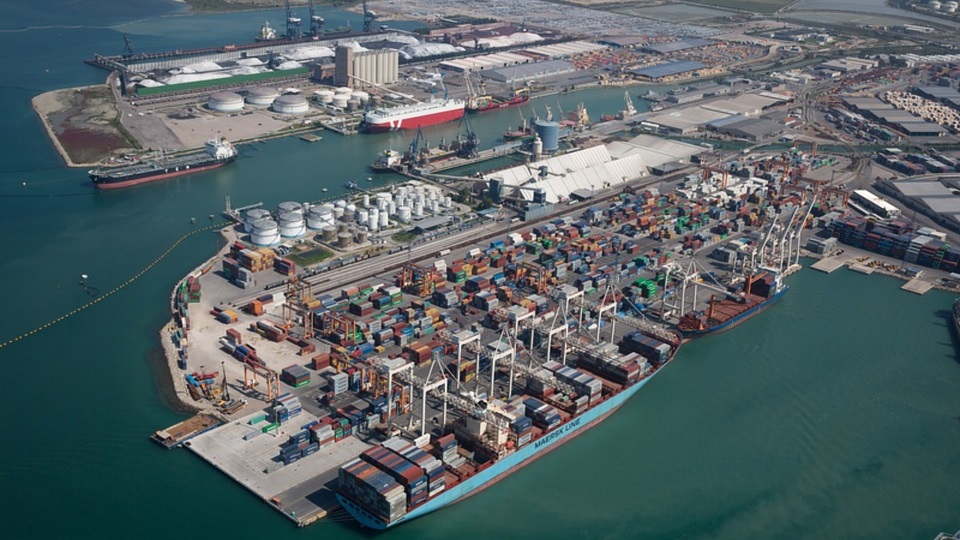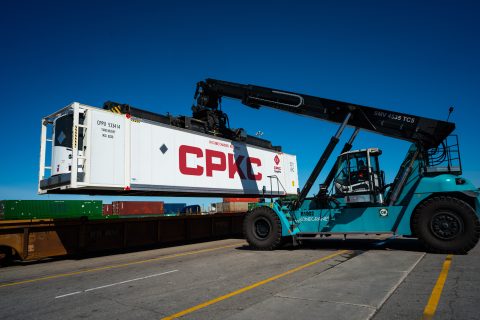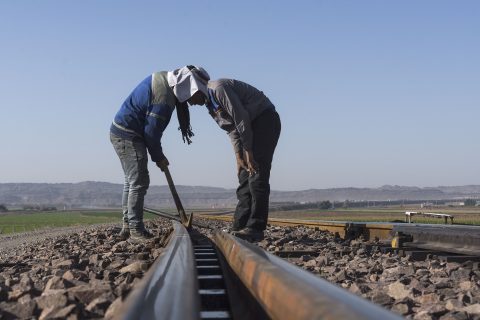Port of Koper: the new line to Divaca will be a double-track

The new rail section connecting the Slovenian port of Koper with Divaca will have a double track. The new project is expected to divert significant volumes from the road to a new, modern rail connection that can provide shorter transit times and higher capacity on the route. The 27-kilometre Divača-Koper railway section will allow speeds of up to 160 kilometres per hour.
Do you want to read the full article?
Thank you for visiting RailFreight.com. Become a member of RailFreight Premium and get full access to all our premium content.
Are you already a member?
Having problems logging in? Call +31(0)10 280 1000 or send an email to customerdesk@promedia.nl.




